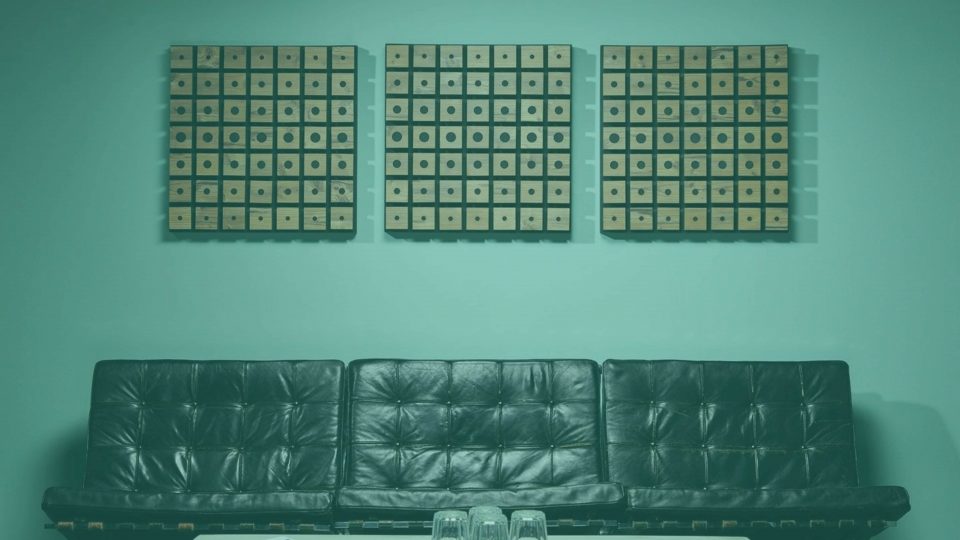t.akustik’s Room Configurator Makes Acoustic Treatment A Breeze
The room configurator by t.akustik allows us to input data about our room size and budget to determine how many t.akustik acoustic panels, bass traps and diffusers our home studio, control rooms and rehearsal rooms need!
Get ready. The clap test is no longer our only aid in determining how many of what acoustic treatment types our studios need.
Both in recording studios and control rooms, as well as home studios, having good acoustic setups are crucial to get the best sound. Reflected sound and room modes are the biggest detriments that we can face as studio engineers.
If our studio doesn’t sound good, then accurately judging the quality of our vocal and instrument recordings becomes impossible. In fact, accurately perceiving anything that leaves our monitors becomes impossible.
Reflected sound in our studios can cause all manner of problems. Making mixing decisions, such as panning and decisions that alter the depth of an element in our mix, are negatively impacted by a shifting stereo image. Preventing reflected sound from reaching our ears, stopping room modes from occurring in the first place, and reducing reverberation in our studio are the three crucial steps to creating an acoustically sound room.
Assessing how badly your room suffers from the reflected sound is a must. We still recommend you undertake the clap test so you’re aware of just how bad reflected sound and room modes are in your oom.
The clap test consists of walking around your room and clapping from every point. The clap test will inform you as to where treatment will be best placed.
Usually, you’ll hear something between these two options:
In the best-case scenario, all that you’ll hear is a pleasant reverb (which is what usually occurs in rooms with tall ceilings).
In the worst-case scenario, you’ll hear a very metallic ringing that’s harsh on your ears (flutter echo).
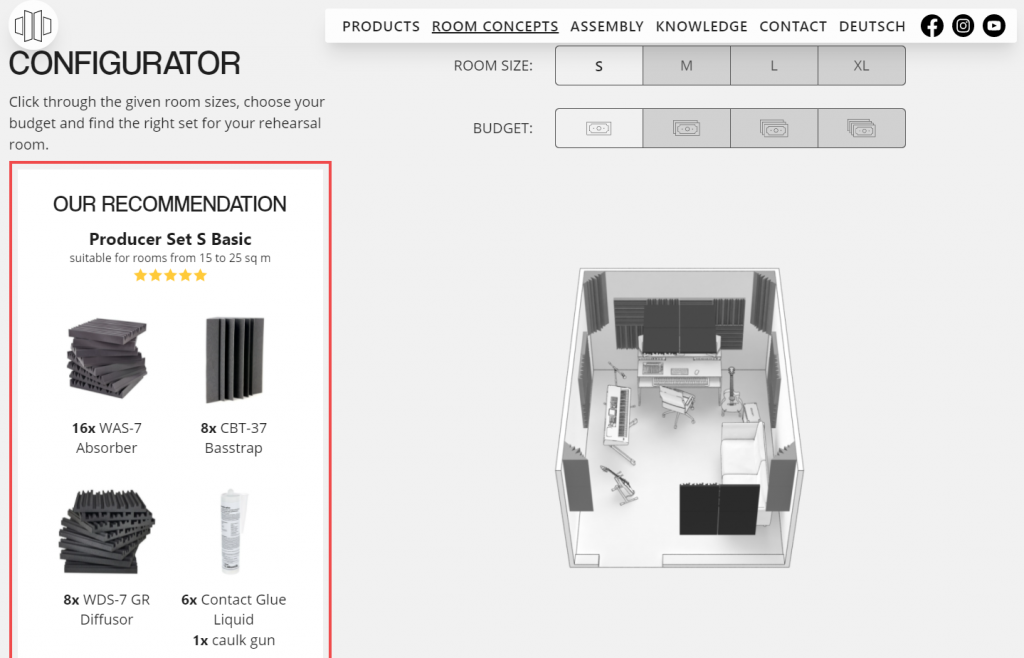
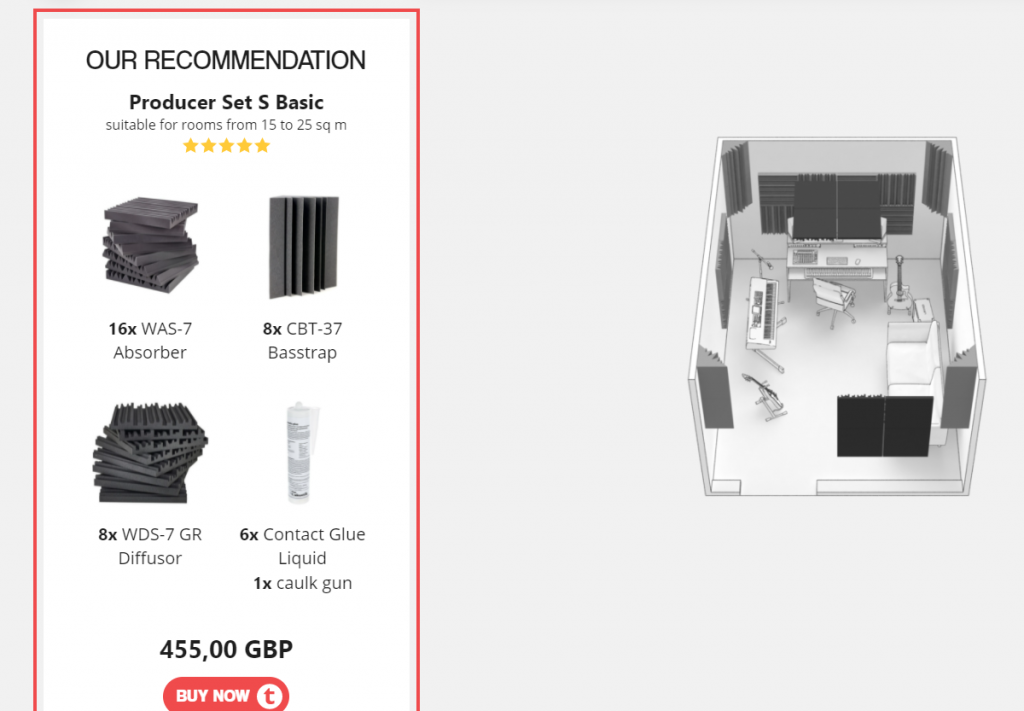
In the images above, you can see how we have our setting on the smallest room and the lowest budget is the “Basic” configuration. For a price of £455, you can see we can kit out our small room on our small budget with 16 panels and diffusers, as well as 8 bass traps! Watch what happens when we increase our budget to “Advanced“.
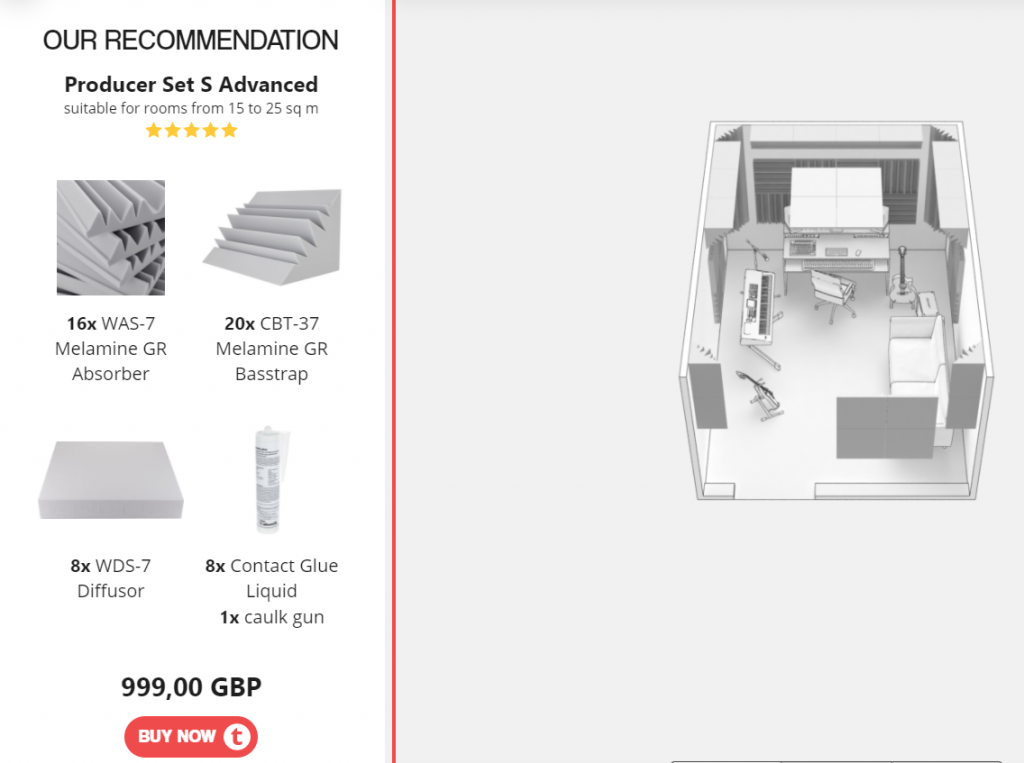
You can see that the configurator provides more advanced options for our room. For a price of £999, we can kit out our small room on a bigger budget that offers 16 advanced panels, 8 advanced diffusers and 20 advanced bass traps!
Now, look what happens when we increase the room size!
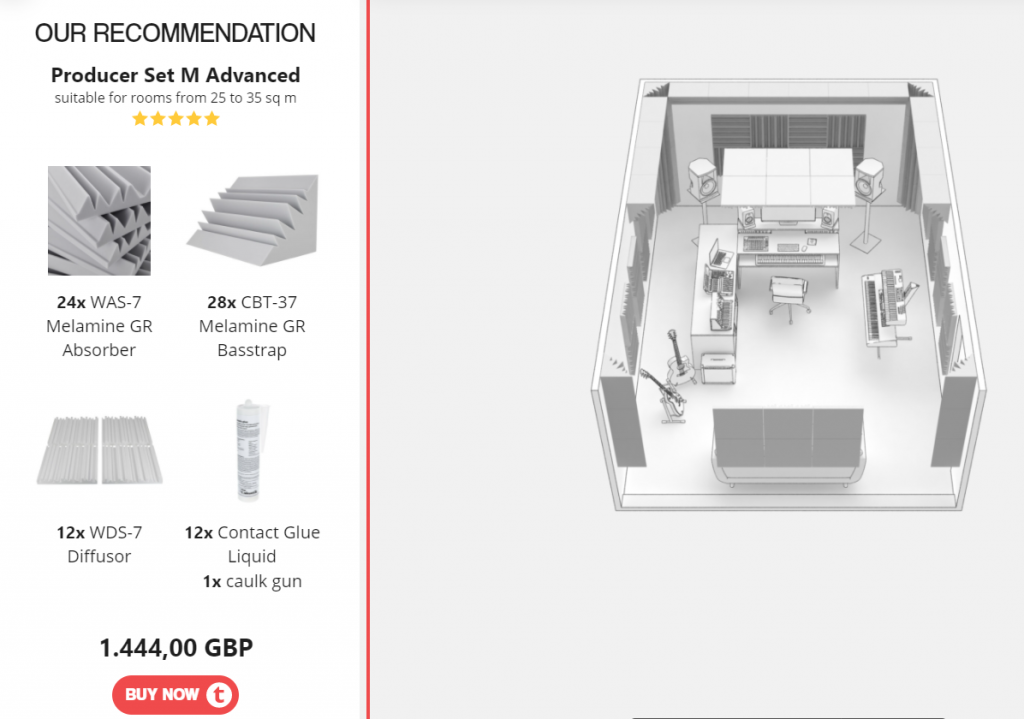
In total, there are four budget options and four room size options. The four room sizes are:
Small (bedroom studio)
Medium (bigger room)
Large (professional studio)
XL (recording studio and control room)
Take a little trip over to the configurator to take a peep at the acoustic equipment on offer. For a guide on how a room is set up, check out our guide here. If you’re a little rusty with acoustic treatment, why we need it and what makes good acoustic treatment just that (good), click here.
Here’s an in-depth video by MusicRadar making use of the room configurator by t.akustik.
A professionally treated room is crucial to hear an accurate reproduction of the sounds on your computer. Great sounding samples are the crucial first step to making great music. So, if you can’t hear how they actually sound, how can you hear how your music actually sounds?
We at Mixxed work with a growing number of sample labels and contributors to provide you with a premium sample subscription service that’s more accessible than any before.
You’ll have access to our growing catalogue of thousands of loops, one-shots and sound effects that you can browse, download and keep forever for less than $3 a month.
Sign up today to find your sound!
